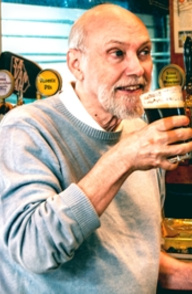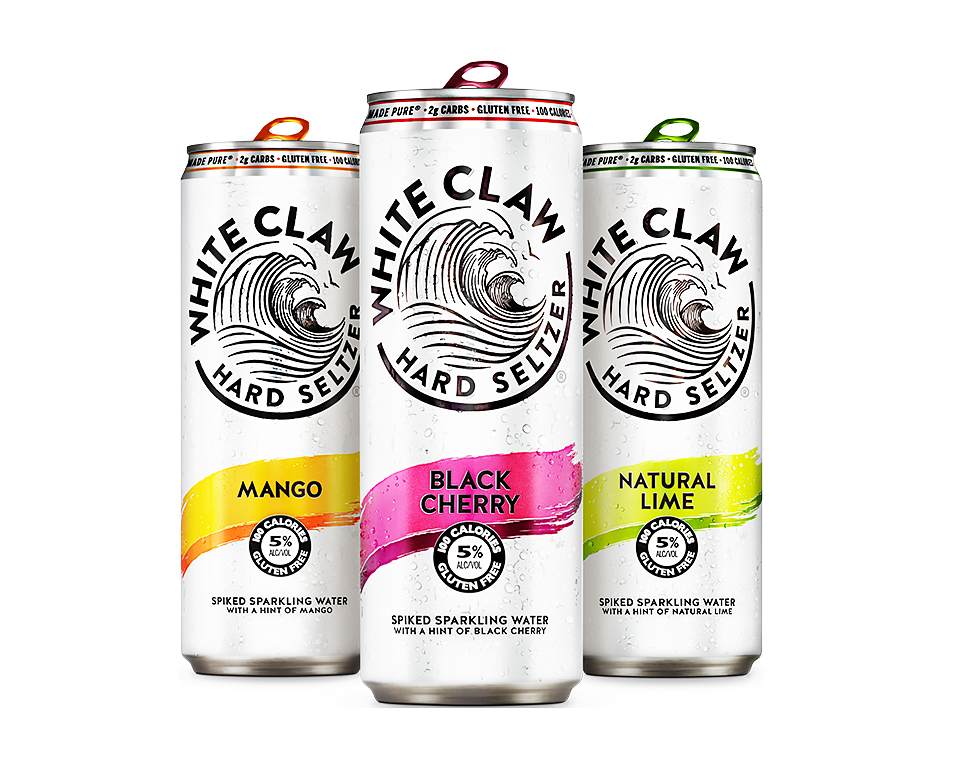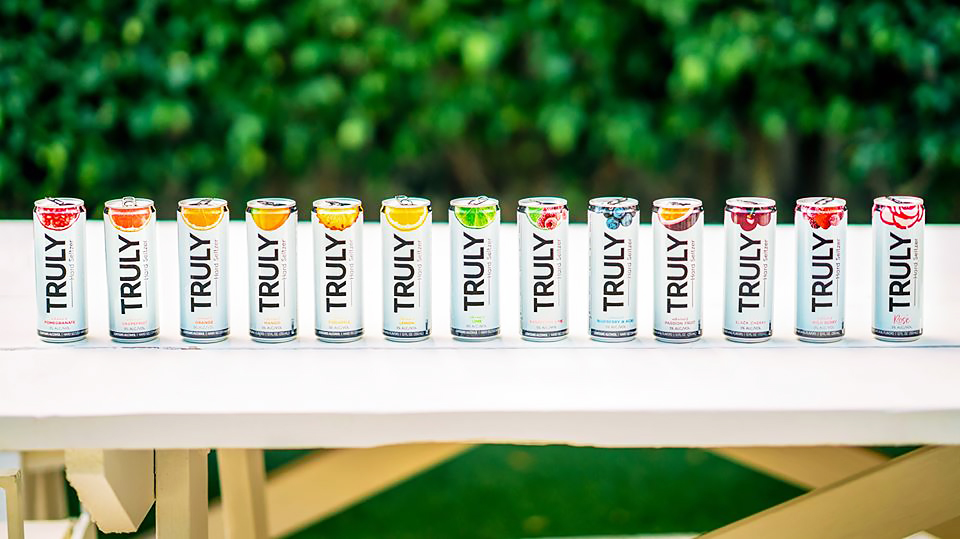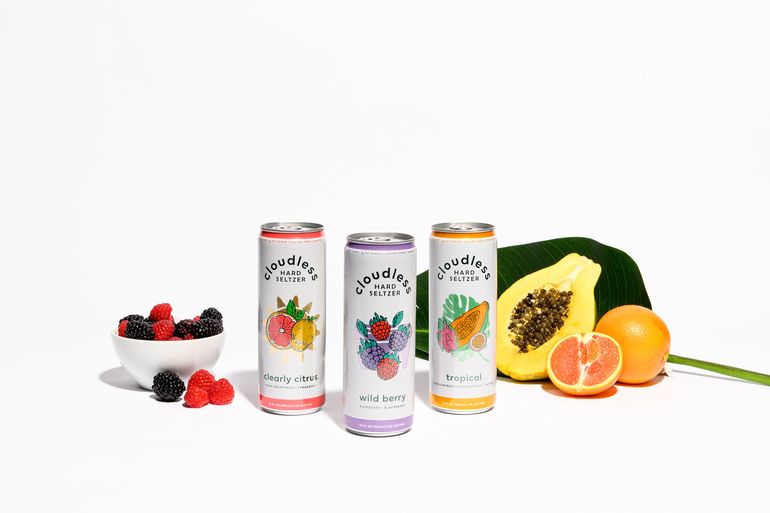Start 14-Day Trial Subscription
*No credit card required

10 Key Questions About Hard Seltzer
Call it a millennial martini. Clear in color, hard seltzer comes in a wide variety of flavors, has very few calories and contains almost zero sugar. Just pour, hold the olives and voila!
By any name, hard seltzer is producing something unheard of in recent years—growth. After doubling its market share in 2019, hard seltzer may double market share again in 2020. If so, that would mean as much as four percent of the fermented malt beverage category.
Given the size of the overall U.S. beer market in annual dollars – over $35 billion with negligible volume growth in the past few years – hard seltzer has become a trend with enough strength in numbers to quickly move past the fad phase. To wit, it is likely to surpass $1 billion in annual revenues in 2020.
Remarkably, it has simultaneously been engaged by macro brewers, some craft brewers and new alcoholic beverage concerns looking to capitalize on the trend. Here are ten key questions about this beverage frequently made with fermented sugar cane, carbonated water and flavoring, a drink increasingly found at social occasions, on bar menus and in some craft brewers’ tap rooms.

After doubling its market share in 2019, hard seltzer may double market share again in 2020.
1. Who’s drinking hard seltzer?
The appeal crosses many different lines in terms of established alcohol preferences for men and women. Early indications are those who like spirits and wine are attracted as much to hard seltzer as traditional beer drinkers. As a lifestyle choice, some alcohol consumers are gravitating to drinks with lower carbohydrate and calorie counts without excessive alcohol.
2. Do hard seltzers live up to the healthy vibe?
Lower calories, gluten-free and a moderate amount of alcohol per serving have their health benefits for those who like to drink. Beer carries more carbohydrates and potential weight gain by comparison. But those carbohydrates from grain also tend to slow down the processing of alcohol by the liver. Quickly putting too much alcohol into the bloodstream preoccupies liver functions, resulting in lower blood sugar. Consuming numerous hard seltzers on an empty stomach is not advisable.
3. How is it that a product made from raw cane sugar claims to have no sugar?
The attenuation of the “sugar water” during fermentation usually results in a “bone-dry” liquid, often with negative degrees of Plato, which measures sugar content in addition to water. All the sugar disappears in fermentation. Flavoring is later added in the form of extracts and sometimes additional cane sugar. But technically, a content of less than one percent of sugar per serving can qualify as having no sugar.
4. Are we in a new, fourth dimension?
Did the sudden popularity of White Claw, made by the same folks who introduced Mike’s Hard Lemonade, create a new, fourth category beyond the traditional big three of spirits, wine and beer? Hard seltzer is not distilled, not made from fruit, nor is it brewed with traditional beer ingredients of barley or wheat. But the phrase “spirits, wine, beer and seltzer” is not likely to appear any time soon. If drinkers are coming from all three traditional categories, it’s appropriate to compare seltzer’s market share to the entire alcohol beverage market. Overall, it hovers around one percent in volume of market share.
5. What’s the appeal for makers, including craft brewers?
Seltzer is an alcohol drink producer’s dream when it comes to efficiency and low cost of ingredients, hence margin. The raw cane sugar goes straight to the boil kettle and then straight to the fermentation tanks (where the yeast interaction can be a bit tricky). It’s usually brewed at 10 percent ABV before boiling water can be used as a pasteurization process in addition to reducing the brew to a chosen alcohol mark. Flavoring usually comes from extracts. Though hops are found in Boston Beer’s Truly Hard Seltzer, after fermentation, the vast majority of seltzers are pure water and alcohol without the added expense of hops. After filtering, citric acid is added as a stabilizer.

Though hops are found in Boston Beer’s Truly Hard Seltzer, after fermentation, the vast majority of seltzers are pure water and alcohol without the added expense of hops.
6. What’s the difference between seltzer and other carbonated water drinks?
The term seltzer was first heard in the Selters region of central Germany, where a mineral water high in salts, hence natural carbonation, has long been regarded as having health benefits. But seltzer eventually came to designate carbonated water. It’s not mineral water, which includes mineral content; it’s not tonic, which is a vehicle for quinine as well as a good spirits mixer; it’s not club soda, which has added salts, boosting the artificial carbonation.
7. By any other name, would it be the same?
One can’t ignore the fact that millennial-aged men and women can appreciate the term hard and its bold frankness. For older drinkers, it has the ring of hard liquor, which denotes a similar allure. Hard seltzers are thus a relatively weak drink with a strong name. They initially may have offered some relief from SKUmageddon due to a similar production process used by all makers. (Just choose a flavor!) But in addition to those branded as hard seltzer, there’s now spiked seltzer, spiked agua fresca, hard soda, spiked soda, hard Italian soda, hard spritzers, etc. Hard lemonade and hard cider are not related to seltzer, although they helped start the naming trend and the trend to something alcoholic that proved popular on tap and in the retail beer case without being a traditional beer.
8. Is hard seltzer really a fermented malt beverage?
No, but that’s the category designated for regulation and tax purposes by the Alcohol and Tobacco Tax and Trade Bureau. Hard seltzers are predmoninantly made from unrefined, or raw, sugar cane, which consists of the first crushing of cane sugar that is boiled into a syrup, then introduced to water that is evaporated, which creates granules. Traditional table sugar has an added step of refining, in part to eliminate off coloring from naturally occurring molasses.
9. Will we eventually see added ingredients?
Boston Beer adds a significant Mandarina hop character to its Truly brand. Although this hard seltzer has a distinctive taste, it’s more minerally than hoppy in flavor. If coffee can be brewed in clear form, caffeine might appear in a hard seltzer, whose pureness as a healthy drink is manifested by its “crystal clear” presentation. Cannabis or CBD oil are candidates where legal, especially given that carbonated water is a seltzer and those types of cannabis beverages are non-alcoholic by design. Fruit juice or raw fruit could be used in flavoring, but they often contain corn syrup, fructose or dextrose, a sugar derived from corn, all of which move away from the “good for you” designation. Increased alcohol content is certainly possible as well, although that, too, would move away from the healthy trend.
10. Is hard seltzer just plain fashionable?
Maintaining command of one’s body through exercise, food and drink is in vogue, not to mention use of the minimal to achieve satisfaction in art, fashion and home living. An all-natural, clear liquid that’s got moderate alcohol, bubbles like other healthy waters and has minimal flavor appears to fit well into this minimalist school of thought and lifestyle.




